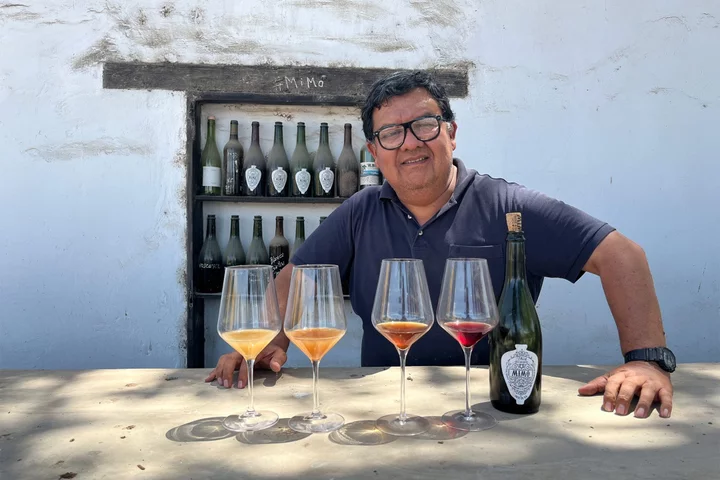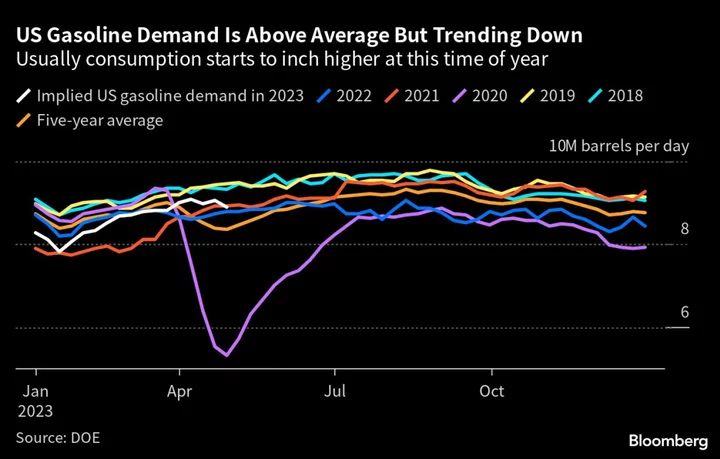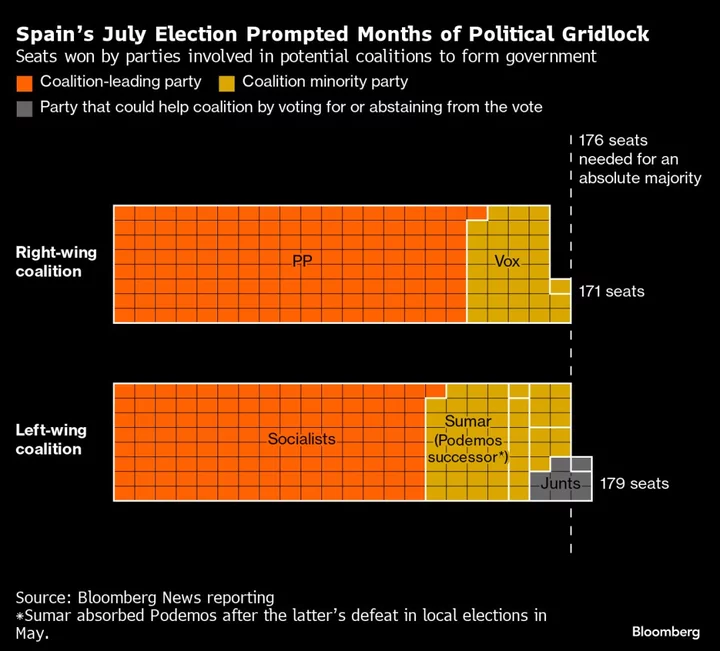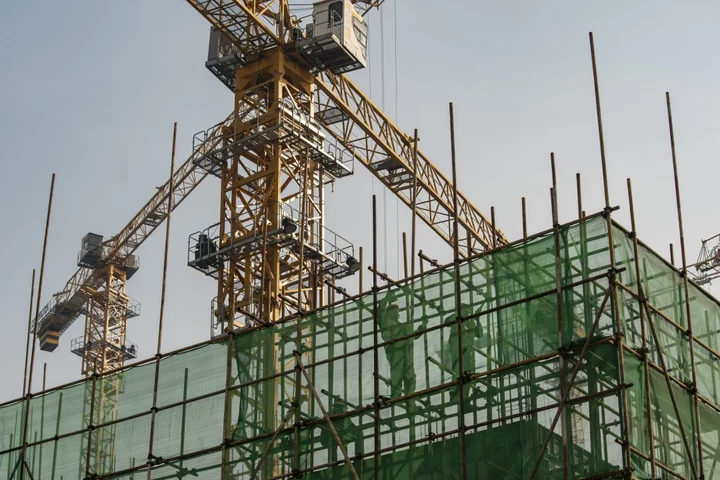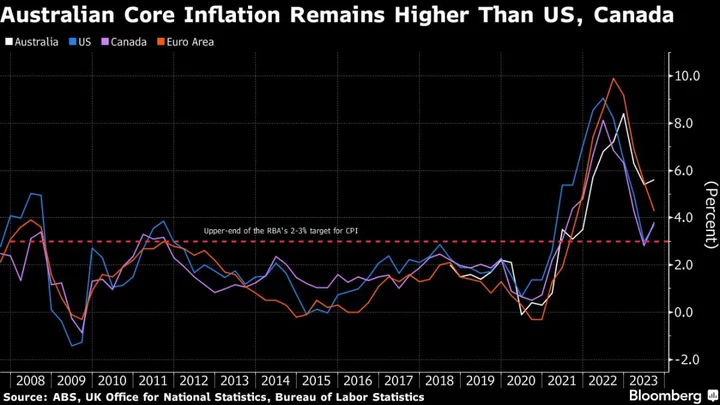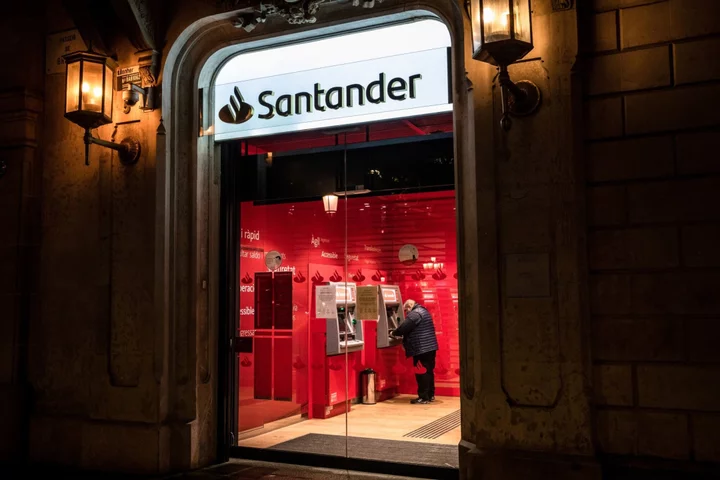It took Fernando Gonzales-Lattini four years of failed harvests to be able to make wine at 9,350 feet (2,850 meters) above sea level, atop a remote mountain overlooking maize and potato crops in the Peruvian Andes.
Fungi ravaged his vines, forcing him to buy new ones and replant. The quest to make one of the world’s highest-altitude wines also took a toll on his family. Unhappy with the quality of education in the impoverished rural region, they decided his American wife would take their two children to the US and enroll them in school there.
But once he made his first batches of sauvignon blanc, cabernet sauvignon and sangiovese in 2017, a crucial buyer swiftly appeared. Since then, Gonzalez-Lattini has sold almost every bottle he’s made to the world’s best restaurant: Central, in the Peruvian capital of Lima.
“We’ve always had some troubles,” Gonzalez-Lattini says from Apu Winery, where he now lives alone, reflecting on what it took to succeed. “We reached the conclusion that to avoid the fungus, we had to shift the harvest.” His vineyard is one of the only in the world that picks its grapes in winter.
It’s a quirk of geography like those that helped Peruvian food reach the highest echelons of elite cuisine. Traditional ceviche has given way to ever more sophisticated menus made possible by the country’s diverse terrains. Lima now has four restaurants in the marquee foodie list maintained by World’s 50 Best — more than any other city.
Peruvian winemaking, however, hasn't evolved in the same way.
While Peru was the biggest wine producer in the Americas under Spanish rule, it’s long since been dwarfed by Chile and Argentina, which produce about 15 times more a year in temperate rather than tropical climates. Peru’s vineyards — among the oldest in the hemisphere, planted around 1540 — have given way to a more mundane form of the fruit: table grapes.
Spain also imposed tariffs and restrictions on Peruvian wine starting in the 16th century. That dissuaded its production and led to the growth of pisco, a cherished grape-based local brandy.
But a new wave of Peruvian winemaking could change the tide. Still incipient, it’s being encouraged by restaurants like Central, which embrace small-batch wines made either in extreme conditions or with unique grape varieties.
“Peruvian gastronomy is clamoring for wine,” says Jose Moquillaza, who makes wine out of grapes traditionally used for pisco. “This is a country that is rediscovering itself as a wine nation, and the range of possibilities ahead is immense,” says Pietra Possamai, the vintner at Bodega Murga, which also uses pisco grapes.
Central was pivotal in this Peruvian wine resurgence, helping to boost the profile of its protagonists. The restaurant bought Moquillaza’s first-ever harvest of quebranta wine in 2013. Four years later, it bought Apu’s entire first batch. And it’s now also serving Murga as part of its drink-paired $530 tasting menu.
“Our goal is to strengthen our drinks menu, and it is understood that at Central, our menu is 100% about Peru,” explains Diego Vasquez Luque, the sommelier and beverage director at the Lima restaurant and its sister operation Kjolle, ranked 28th in the world.
The three winemakers also got a boost from one of the world’s most renowned wine critics. On a recent visit to Peru, celebrated British journalist and broadcaster Tim Atkin deemed one of Moquillaza’s wines the country’s best white, one of Murga’s the best rosé and an Apu the best red.
“People — not just Peruvian people — like the idea that Peru makes wine, even if they don’t have much idea what it tastes like,” Atkin wrote in a report on his trip. “My hunch is that it’s making the best wines in its history, with many more to come.”
While Central has been a landmark buyer of Peruvian wine, making a sustainable business out of small batches is a different issue.
Apu hopes to more than double its annual record of 600 bottles this year and Moquillaza has scaled up to just a few thousand bottles annually. Neither has turned a profit yet and both would love to find a business partner that could help them expand.
“This has to become a viable business,” Gonzales-Lattini says. “I sold my house to make this happen, and all that I made from that, all of it, I put it into Apu.”
Moquillaza was the head of the national securities regulator before becoming a pisco maker. He’s now best known for producing the most expensive and arguably the most prestigious Peruvian pisco. It’s called Inquebrantable, the Spanish word for unbreakable and a play on words on the name of the grape.
“I had always heard from foreign winemakers that it was impossible to make a wine from quebranta,” Moquillaza explains. So he and a partner set out to prove otherwise — then almost gave up after their first batch. “When we tried it we quickly concluded ‘yeah, you can’t make wine out of quebranta!’”
That was true until Central’s sommelier tried it and bought half of his production. Moquillaza’s offerings aren’t for everyone. In addition to tasting different, so-called natural wines — which have little chemical intervention — can look more like beer, ranging in color from a hazy yellow to a dark orange or brown.
Moquillaza’s main vineyard is in the desert of Ica, the heartland of colonial Peruvian winemaking and now the center of a booming agribusiness industry focused on other crops like blueberries, asparagus and table grapes. His operation is rustic and uses no electricity — Moquillaza’s goal is to make wines the way “they were made in the 17th and 18th century.”
Challenging Conditions
The temperature during fermentation and aging, which is normally controlled with neurotic precision, is up to the weather. His cellar isn’t even indoors, but rather elevated and protected from the sun with hay and plastic that keep barrels a few degrees cooler. He hoses down the casks every other day to help quell the heat — a challenge for tropical vintners that’s only intensifying. This year’s growing season was affected by the El Niño phenomenon, with more fallout from the weather pattern expected in 2024.
At Bodega Murga, grapes were harvested early in February because of the risk of rain, while extra heat and humidity meant an added threat from fungus. “One of our biggest friends in the vineyard is the wind,” Possamai says, “but this year some 80% of the wind vanished.” As a result, she adds, “the weather acts like a stove.”
Those heat struggles are what drew Gonzales-Lattini to the Andes.
At Apu, temperatures fluctuate between 77F (25C) during the day to a near-freezing 35 degrees at night. The area has no historical ties to grape-planting, so he uses traditional international varieties. While the operation is far higher than those in Mendoza, Argentina — where wines are made at about 5,000 feet above sea level — Apu is so close to the tropics temperatures stay the same year round.
A former banker, Gonzales-Lattini is a rookie winemaker. But Central has proved a formidable buyer and he hopes to scale up to 1,500 bottles this year, all destined for the same restaurant.
“Central doesn’t want anyone else to have access to Apu,” he says, adding there are benefits to that deal. “That can lead the business to a break even point soon, and I could even give myself a salary.”

